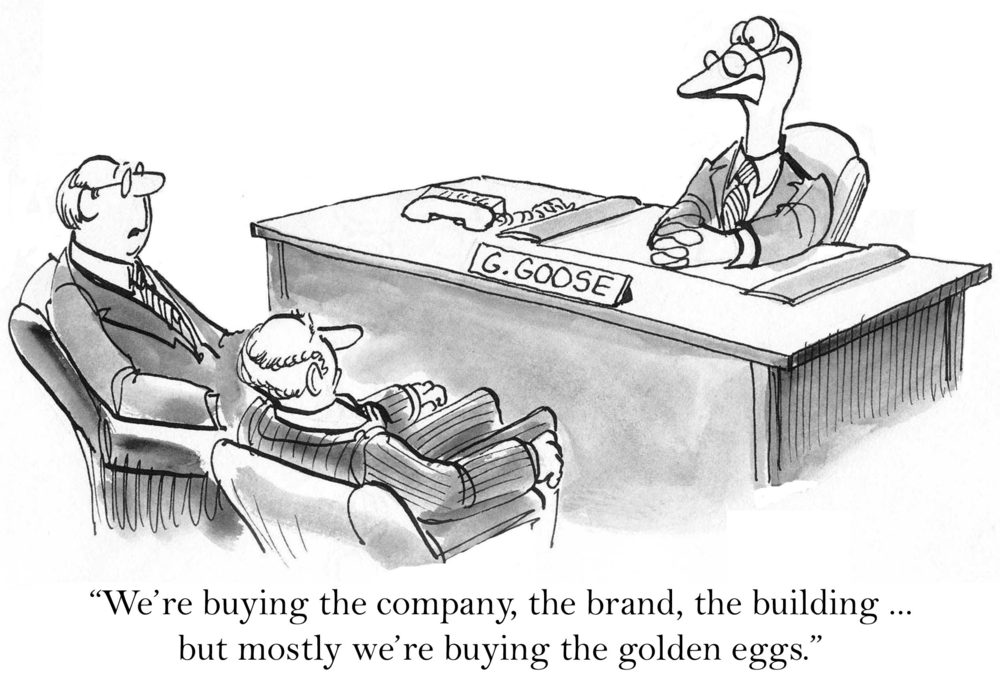In the final Phase of our acquisition process, we focus on post-acquisition integration.
Post-Mortem
However, immediately after the deal completes, when our memories are fresh, we perform a post-mortem on the deal. We believe this is essential to become a better acquirer. Every single deal is an opportunity to learn, it’s an opportunity to fine tune your M&A playbook. As research done by Gates, Heimeriks and Zollo stated so eloquently: “Yet our insights suggest that it is not experience alone that counts. Rather we find is it the investment in post-integration learning that drives superior M&A integration performance. Master acquirers not only repeatedly rely on acquisitions as a way to grow, but also prove very dedicated to codify knowledge arising from previous acquisitions to build M&A integration capabilities”. In our experience most post-mortems are either not done thoroughly or are not done at all. One reason why acquirers are not mastering their craft.
Post-Acquisition Integration
However, the biggest reason why acquisitions fail is offered by the most comprehensive research study ever conducted. The Good, the Bad and the Ugly; A guide to M&A in distressed times from the M&A Research Centre (MARC) at Bayes Business School (was Cass) which covered 12,339 deals from 1984 to 2008. “Buying cheap does not guarantee higher returns to shareholders; post-merger integration emerges as a key factor to deal success”.
So, what is the secret sauce of great integration strategies? In our opinion it’s all about timing. Look at how Private Equity players do follow on acquisitions. They lean on the operational expertise of their portfolio company from the start of the process. Portfolio company management teams only understand one way of thinking – what can we do to execute our strategic plan, to become the best in our category and to scale to success? These teams are looking at targets through a post-acquisition integration lens from page 1. On average public companies are not as disciplined at this type of thinking. They buy more often in an opportunistically way. Banks bring them deals that are in play. Integration is a process considered much later in the process even after due diligence.
Great post-acquisition thinking permeates through the whole acquisition process. Using our six phases of the process we see successful serial acquirers adopting the following:
At Phase 1, when you define the strategic direction of your acquisition strategy and the type of target you want to acquire, you NEED to factor in the ease of integration. An overseas acquisition may be beyond your bandwidth. Culturally acquiring a bunch of smart service people may be beyond your capabilities, as the owner of a group of manufacturing businesses. Most forms of vertical integration acquisitions demand that the acquirer understands a new business model, often a new culture. The obvious example being the one above where a manufacturing acquirer buys a distribution business. They can work but the integration agenda needs to be thought through from the start. But integration thinking is also key at the next phase of the process.
At Phase 2 where we conduct a comprehensive search for targets (based on criteria in Phase 1) and compile some basic facts, integration should be a key filter as you prioritize your list.
At Phase 3 as you meet targets and engage in detailed discovery work, you need to assess the facts being gathered through the lens of post-acquisition integration. Examples include weak management, lack of operational protocols, weak financial controls, sales and marketing strategies that lack cohesion. These issues should inform your approach to integration and therefore the potential post-acquisition costs. Of course, these facts may steer you to walk away, because realistically you haven’t the bandwidth to deal with a troubled child.
At phase 4 as you negotiate the right deal structure for you, it is key to have formed a strong view of the integration strategy. It determines whether an earn-out deal is even practical for example. If you are buying a technology start-up to integrate into your portfolio of products, it will not make sense to structure an EBITDA type earn-out. In fact, in this case, you’d need to convince to me to structure any kind of earn-out. During negotiations, the seller wants to understand how you will run her business and how her staff will be treated. Are you ready to answer those questions with clarity and conviction?
At Phase 5, the due diligence phase, many acquirers continue to miss the integration opportunity. They treat due diligence as a financial validation exercise. Of course, it is that to some extent, but it is mainly a post-acquisition integration validation project. After due diligence the acquirer needs to be comfortable that the integration strategy still seems plausible. Again, examples might include validating assumptions like retaining the CEO, merging the Asian sales operations, merging R&D projects, sharing new technology to accelerate growth to name a few.
If this approach is taken, a credible post-acquisition integration plan emerges that has been stress tested and can be adopted by both sides. This type of thinking sets you up for success in Phase 6 – post-acquisition execution. It allows the integration plan to resonate with the acquired staff. It contains insights and authenticity because you’ve been thinking about it from Day 1.
TPP is buy-side investment banking reimagined. We seamlessly become an extension of your team and integrate at all levels to add deep mergers & acquisitions into your business. It’s fractional corporate development management through the lens of an operator.
Ian@TPPBoston to arrange a conversation.








